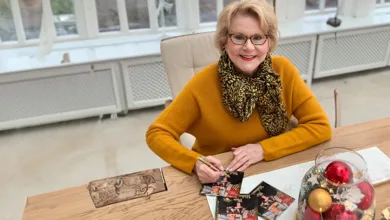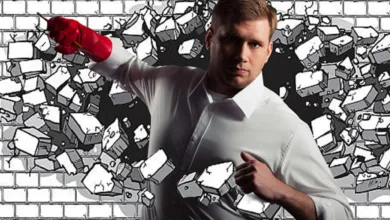Dallas Artist Aron Kapembeza Immortalizes the Female Form in Sculpture
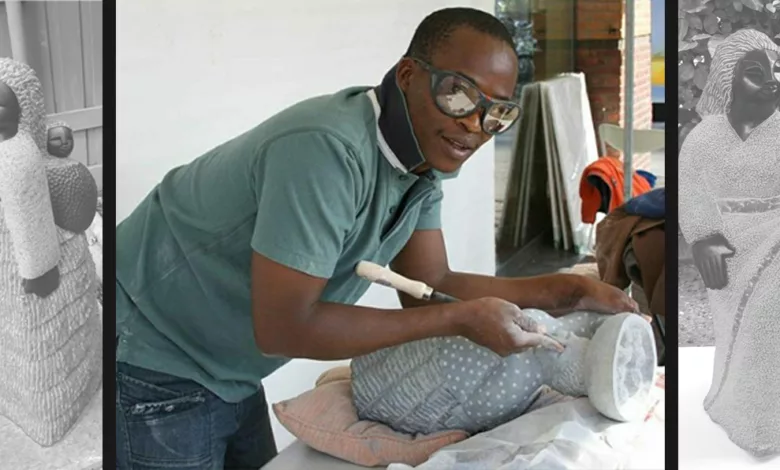
Aron Kapembeza noticed at an early age how difficult life was for his mother.
He remembers all she did for her children, from taking them to school to teaching them how to cook, wash clothes, haul water, and hold a job.
As an artist, Kapembeza now immortalizes these memories of his mother through sculpture. He sculpts the female form running the household, raising children, and holding a job.
“I have so much respect for the ladies,” Kapembeza said. “Most of my art represents women and their lives.”
Kapembeza learned the trade from another powerful woman in his life: his Auntie Colleen Madamombe. She noticed his talent early and became his first art instructor.
Kapembeza didn’t enjoy sketching, but, with his Auntie’s guidance, discovered his love for sculpting. He even based his own sculptural style on his Auntie’s, making some slight alterations for his own work.
“She used to travel all over the word selling sculpture,” Kapembeza said of his Aunt Madamombe.
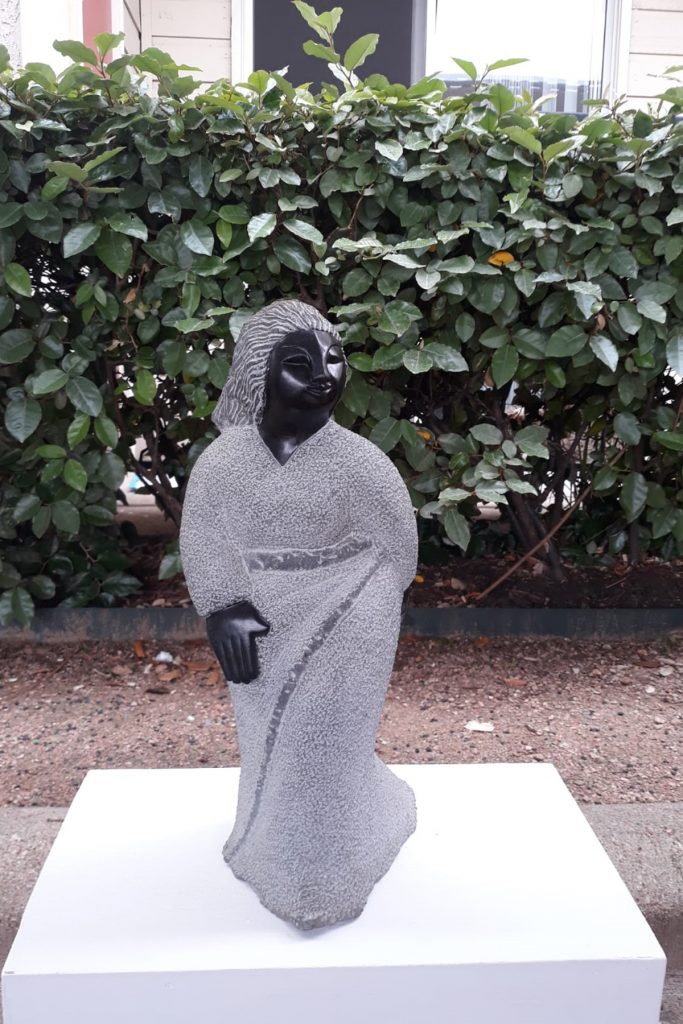
“She was a well-known Zimbabwean sculptor in the art community.”
Kapembeza finds it difficult to explain his process in words. He doesn’t sketch out his idea ahead of time. Instead, he seems to communicate with the stone itself, sitting quietly before his material and welcoming the stone to move him.
“I usually start on its base and work my way up from there,” he said. “It’s a process of removing stone to see what’s beneath.”
He takes direction from each piece. If the stone breaks unexpectedly, he follows his instincts and imagines a new form.
Kapembeza first visited Dallas more than three years ago to participate in an art show at the Dallas Arboretum. He soon found himself attracted to the city and decided to relocate from Zimbabwe.
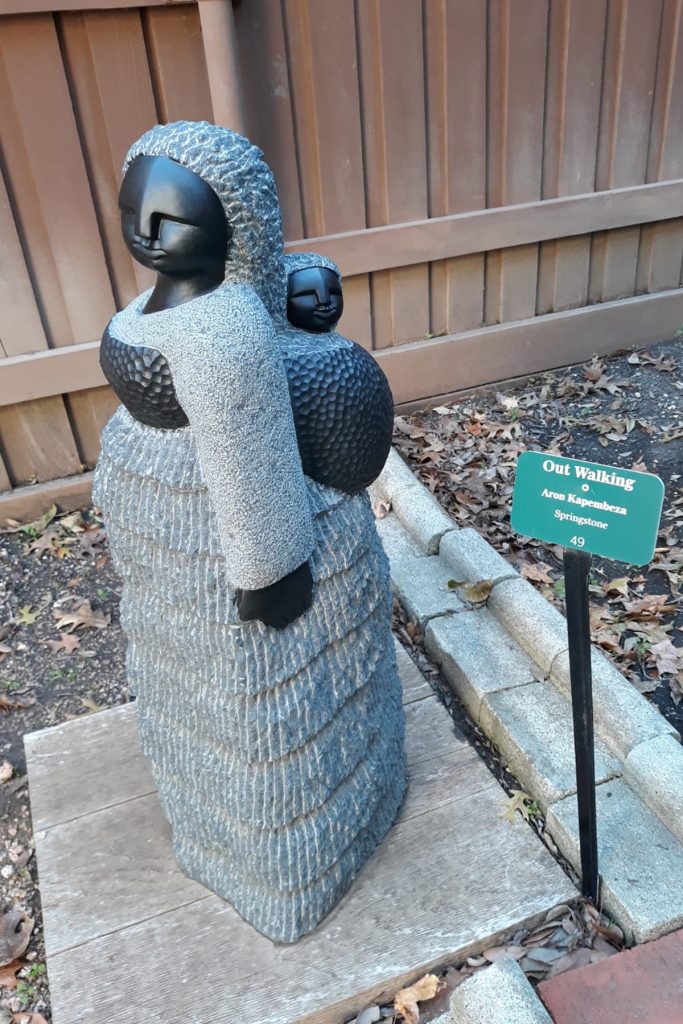
Dallas has a strong market for stone sculpture, and his work has sold quickly through his business, Zim Ibwe Sculpture.
The word “Zimbabwe,” Kapembeza explained, translates to “house of stone.” The country is known for its incredible wealth of natural stone, and his hometown sits upon a mountain that produces cobalt, dolomite, green stone, lemon opal, leopard rock, and opal stone.
The stone is excavated by hand in small open pits. Because tractors and bulldozers would damage the materials, the stone is then manually loaded into trucks. This industry employs many of the people in his village.
Kapembeza has remained loyal to his hometown, and his studio employs more than 40 Zimbabweans. By combining resources, the studio provides tools and training to villagers who would otherwise not own them.
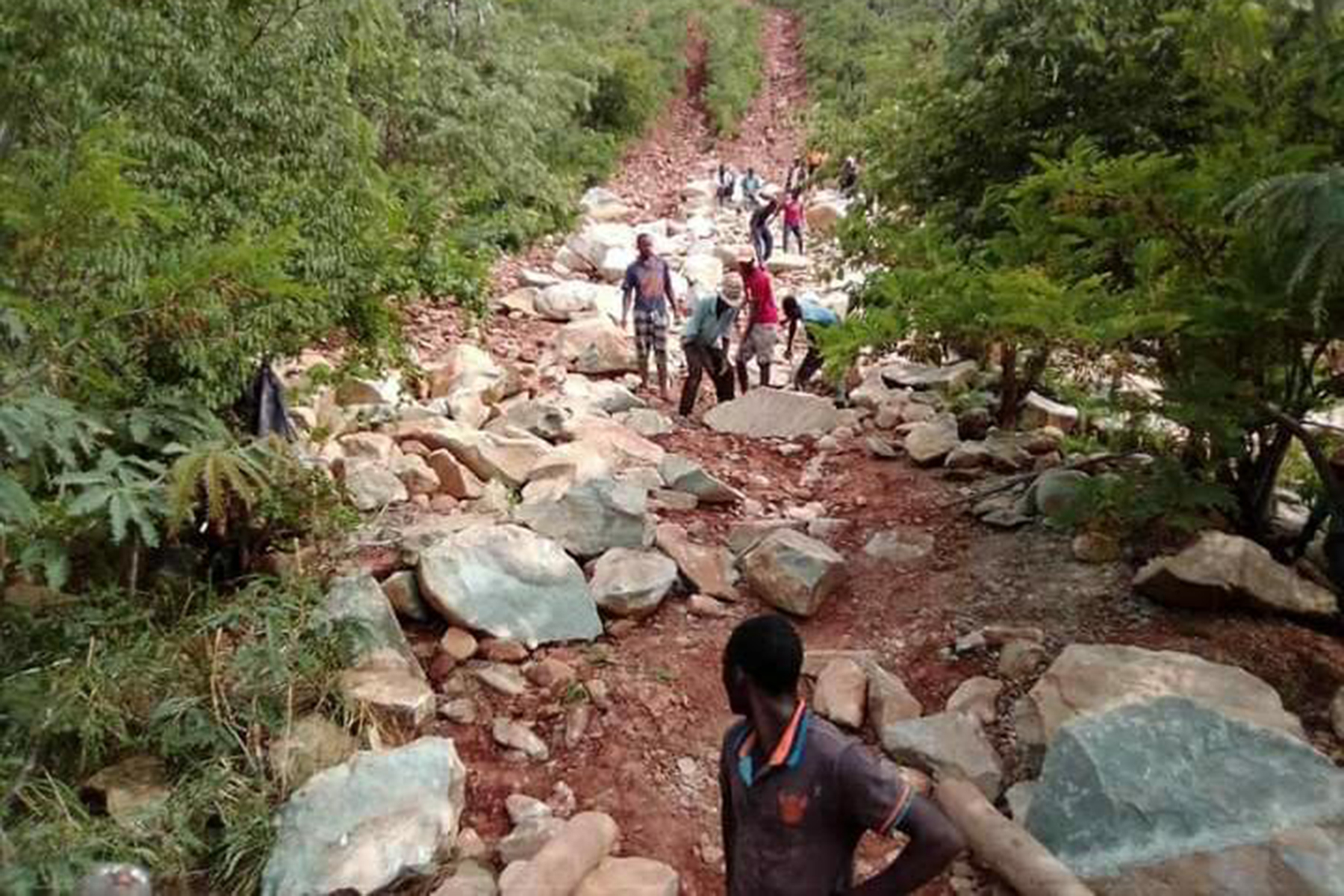
Kapembeza’s three children remain in Zimbabwe and live with his sister. Already, his 13-year-old son has shown a talent for sculpting.
“Selling the sculptures is my job,” Kapembeza said. “Making them is my life.”
For more information on Kapembeza’s work, please visit zimibwesculptures.com or urbanartistmarket.com.


